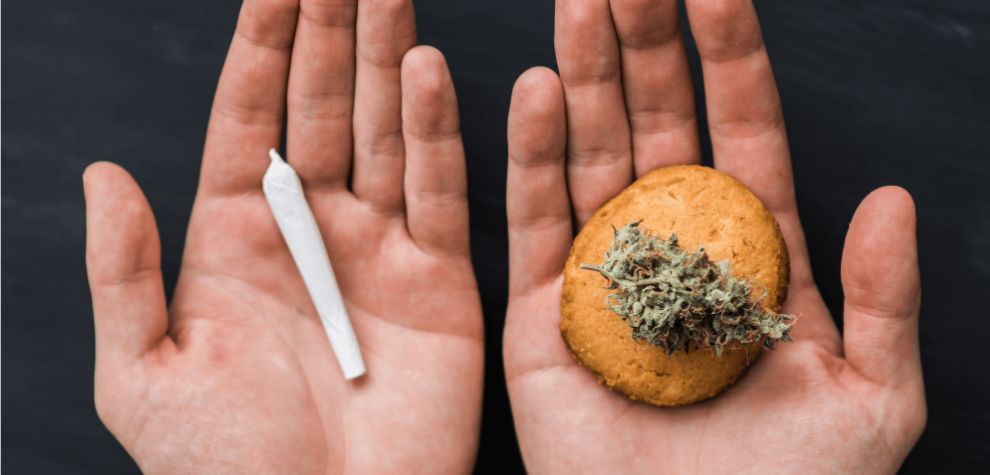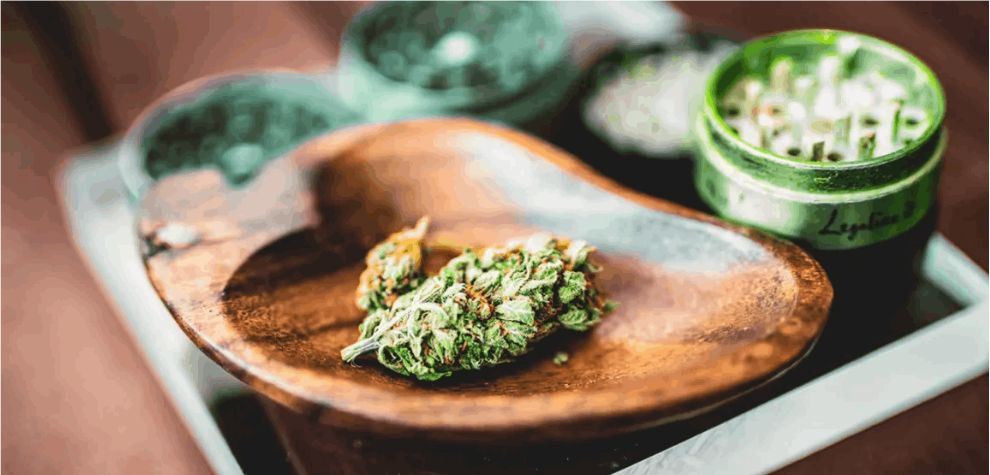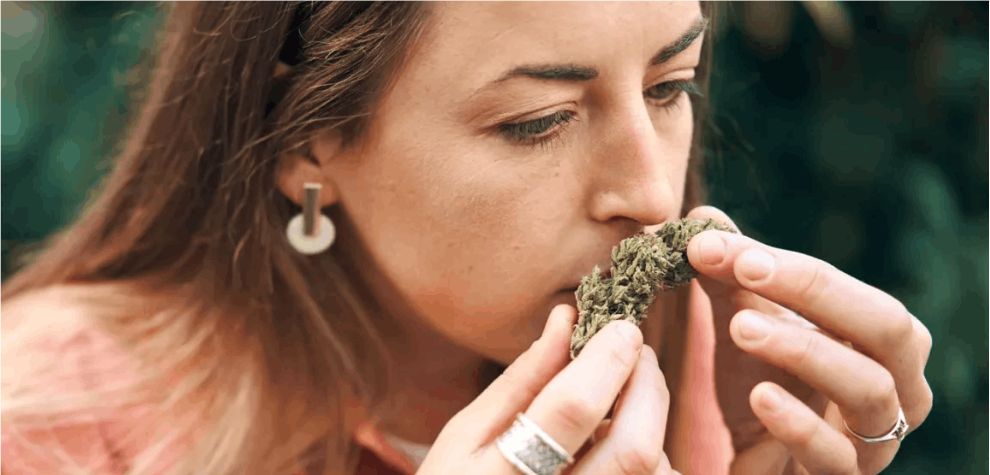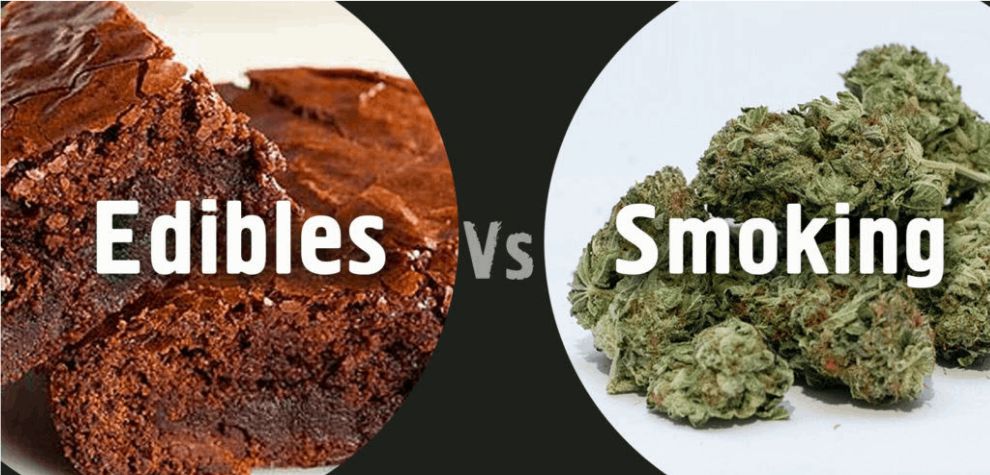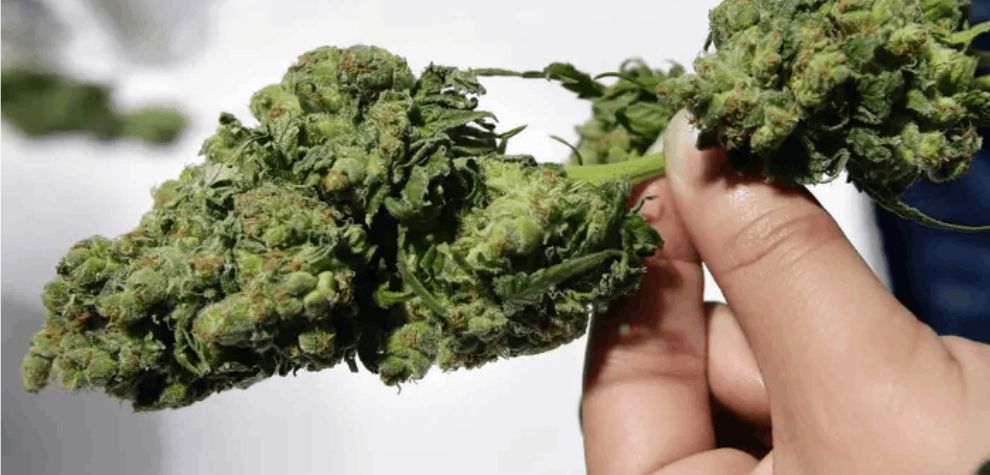10 Key Differences Between Eating vs Smoking Cannabis
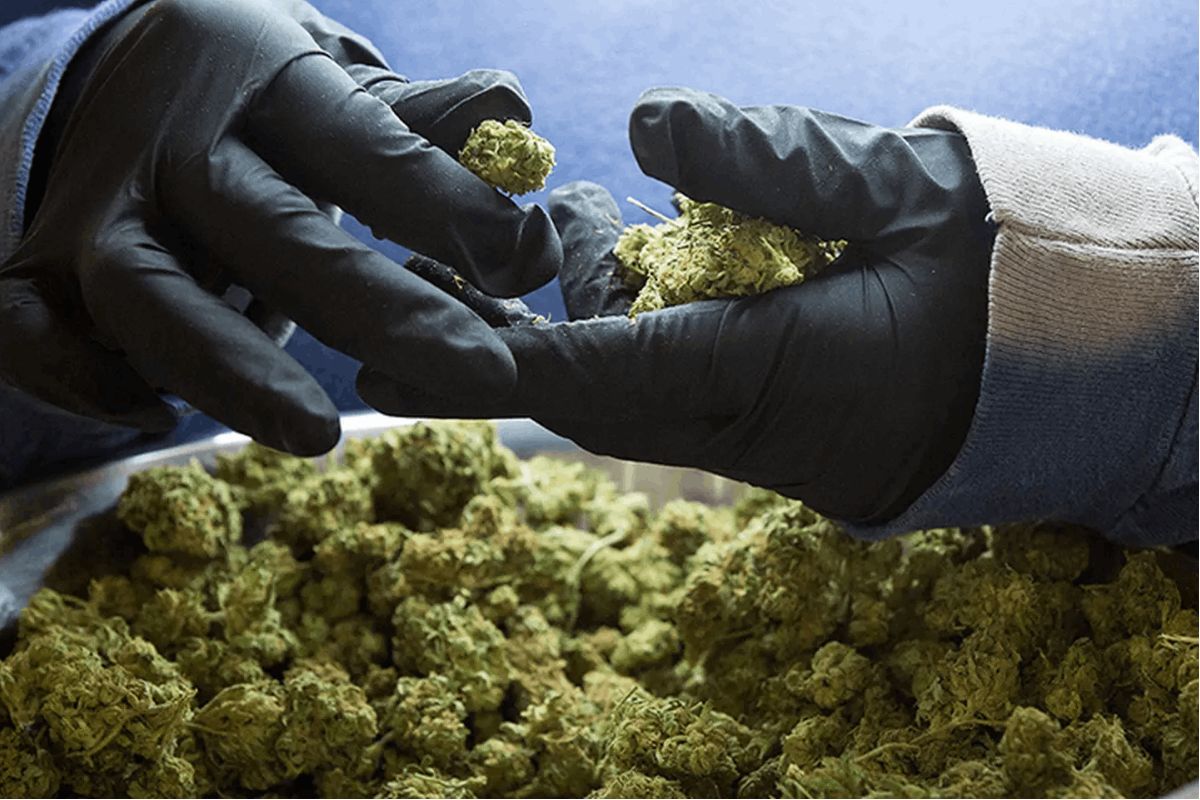
Edibles vs Smoking Weed: What’s the Best Way to Enjoy Cannabis?
Can you eat cannabis? The answer is a resounding yes. But what are the benefits of eating cannabis, and how does it compare to smoking?
This question has been asked by many, especially as more and more people are exploring the diverse world of cannabis consumption.
The benefits of eating cannabis are numerous and varied, offering a unique experience that differs significantly from smoking.
In this comprehensive exploration, we will delve deeply into the benefits of eating cannabis, shedding light on why it has become a preferred method for many.
From the long-lasting effects to the convenience and discretion it offers, the benefits of eating cannabis make it an increasingly popular choice for recreational and medicinal users.
Moreover, we will also contrast these benefits of eating cannabis with the experience of smoking it. While smoking cannabis is a more traditional method of consumption, it comes with its own set of advantages and disadvantages.
By comparing these two methods, we aim to provide a clear understanding of what each method offers, helping you make an informed decision about which suits your needs and preferences best.
From health implications to onset time, potency, and even flavour, numerous factors can influence your choice between eating and smoking cannabis.
As we navigate through these factors, the benefits of eating cannabis will become increasingly evident, highlighting why it is an option worth considering for anyone interested in cannabis consumption.
So, whether you’re a seasoned cannabis user or a curious newcomer, join us as we embark on this enlightening journey into the benefits of eating cannabis and how it contrasts with smoking weed.
The Science Behind Eating and Smoking Cannabis
The benefits and effects of cannabis on the body and brain can vary based on whether you inhale it or eat it.
When you smoke or vape cannabis, THC, the chemical that gets you high, is delivered into your lungs where it passes directly into your bloodstream and then your brain.
This method results in a faster onset of effects, usually within seconds to a few minutes, and can peak within 30 minutes. The effects can last up to 6 hours after use, with some residual effects lasting up to 24 hours.
On the other hand, when you consume cannabis as an edible, the journey is a bit longer. The edible travels first to your stomach, then to your liver before getting into your bloodstream and brain.
The liver converts THC into a stronger form, and this, combined with the THC from the original product, adds to the intensity of the high.
The onset of effects from edibles can take anywhere from 30 minutes to 2 hours, and the effects can last up to 12 hours after use, with some residual effects lasting up to 24 hours.
How Can You Eat Cannabis?
Many beginners often wonder if you can eat cannabis in ways other than your typical edibles. Luckily for you, there are plenty of options.
Just in case this is your first experience with eating cannabis, we’ll cover all the available options.
- Edibles: These are food items that have been infused with cannabis. They can range from baked goods like brownies and cookies to candies like gummies and chocolates.
The cannabis is usually infused into butter or oil that is then used in cooking or baking. The effects of edibles can take anywhere from 30 minutes to 2 hours to kick in, and they can last several hours.
This is because cannabis must be digested and metabolized by the body before the effects are felt.
- Cannabis-Infused Drinks: These are beverages that have been infused with cannabis. They can include teas, sodas, and even alcoholic beverages.
The cannabis is usually infused into a liquid that is then consumed. Like edibles, the effects of cannabis-infused drinks can take a while to kick in and can last several hours.
- Tinctures: These are cannabis extracts that are usually made with alcohol. They are highly potent and are typically consumed by placing a few drops under the tongue.
The effects of tinctures can be felt within 15 to 45 minutes and can last several hours. Tinctures allow for precise dosing, which can be beneficial for medical cannabis users.
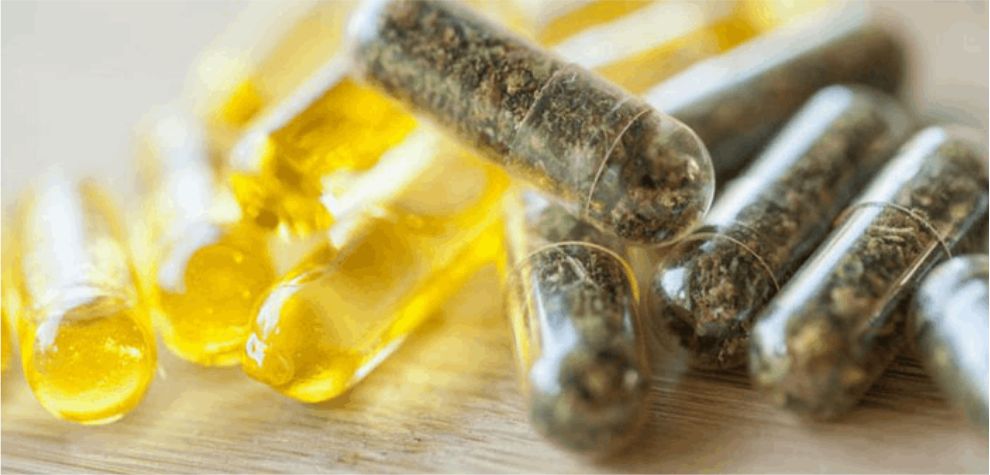
- Capsules and Pills: These are typically used for medical cannabis. They allow for precise dosing and are a good option for those who don’t want to smoke or eat cannabis-infused foods.
The effects of cannabis capsules and pills can take a while to kick in and can last several hours.
- Cannabis Powder: This is a form of powdered THC that can be easily dissolved in water, much like a sports supplement. It provides a precise and easy way to consume cannabis and has a quicker onset than traditional edibles.
The effects of cannabis powder can be felt within 15 to 45 minutes and can last several hours.
- Cannabis Oil: This can be consumed orally on its own or added to food or drink. It’s often used for medical purposes due to its high concentration of cannabinoids.
The effects of cannabis oil can take a while to kick in and can last several hours.
- Cannabis-Infused Foods: Apart from baked goods and candies, cannabis can also be infused into various other foods like butter, honey, sauces, and even pizza. The effects of these foods can take anywhere from 30 minutes to 2 hours to kick in, and they can last several hours.
The Benefits of Eating Cannabis
Eating cannabis, often in the form of edibles, offers a unique set of benefits. Edibles Vs Smoking is an old debate amongst cannabis enthusiasts, but here are some reasons why you might prefer this method:
Long-lasting Effects: When cannabis is ingested, it’s processed by the liver, converting THC to 11-hydroxy-THC, a more potent compound. This results in a longer-lasting and often more intense experience compared to smoking or vaping.
Discreet Consumption: Edibles provide a discreet way to consume cannabis. They don’t produce the distinctive smell that smoking cannabis does, making them a more private choice for consumption.
Discreteness is one of the most useful benefits of eating cannabis compared to smoking or vaping it.
That means you can enjoy a little buzz at your grandparents’ next Christmas party without starting a heated conversation about your habits at the dinner table.
Variety of Options: There is a wide range of cannabis-infused products on the market, from gummies and chocolates to beverages and baked goods.
This variety allows consumers to choose a product that suits their preferences. In fact, some edibles can also be made at home and tweaked according to your preferences.
This is one of the greatest benefits of eating cannabis.
Dosage Control: Many edibles come in measured doses, which can make it easier for users to control their intake. This is particularly beneficial for medical cannabis users who need consistent dosages.
Avoiding Respiratory Risks: Consuming edibles eliminates the need to inhale smoke, which can be harmful to the lungs. This makes edibles a potentially safer alternative, especially for those with respiratory issues.

Potential Therapeutic Benefits:
One of the major benefits of eating cannabis is the therapeutic effects it can have for a range of issues.
- Pain Management: THC, one of the compounds in cannabis, is believed to be responsible for the pain-relieving effects of cannabis. Edible cannabis products are often used to treat chronic pain, cancer-related symptoms, and arthritis.
- Anxiety Relief: Cannabis contains the compound cannabidiol (CBD) which has anti-anxiety effects. People with anxiety and stress report that cannabis helps reduce their symptoms.
- Muscle Spasm Control: Doctors may recommend medicinal cannabis for muscle spasm treatment. Although it’s important to consult a health professional before using cannabis edibles to tackle this issue
- Antiseizure Effects: CBD has also demonstrated antiseizure effects, which suggests it could be a potential treatment for epilepsy.
- Appetite Stimulation and Weight Management: Edible cannabis products may also treat other health issues, such as appetite loss and weight loss, for those who have cancer.
- Taste Experience: Many people enjoy the taste of cannabis-infused edibles, which can range from sweet treats to savoury snacks. This can make the experience of consuming cannabis more enjoyable.
Please note that while there are potential benefits to eating cannabis, there can also be risks and side effects, particularly if consumed in high doses.
These can include impaired motor control, extreme sedation, anxiety, and psychotic reactions. It’s important to start with a low dose and go slow, especially if you’re new to edibles.
Edibles vs Smoking: Which is Right for You?
Choosing between smoking and eating cannabis is a decision that ultimately hinges on personal preference, specific needs, and individual circumstances.
Both methods offer unique experiences and benefits, and understanding these can help you make an informed choice that best aligns with your lifestyle and consumption goals.
If you’re someone who appreciates the quick onset of effects and finds pleasure in the ritualistic aspect of smoking, then inhaling cannabis might be the right choice for you.
Smoking provides an almost immediate high, making it easier to control the intensity and duration of its effects. It’s a method steeped in tradition and culture, often favoured for its social aspects and the sensory experience it provides.
On the other hand, if you’re inclined towards a longer-lasting, more intense high, or if you’re keen on avoiding the potential lung damage associated with smoking, then you might find yourself leaning towards edibles.
The benefits of eating cannabis extend beyond just health considerations. Edibles offer a discreet and convenient way to consume cannabis, with a wide variety of products available to suit every palate.
The high from edibles is often described as more intense and immersive, providing a unique experience that differs from smoking.
Exploring the benefits of eating cannabis further, it’s worth noting that this method allows for a more controlled and gradual release of THC into the system.
This can result in a more sustained and longer-lasting high, which many users find preferable.
Additionally, the benefits of eating cannabis also include the avoidance of potential respiratory issues associated with smoking, making it a healthier choice for many.
Regardless of the method you choose, it’s crucial to approach cannabis consumption with responsibility and awareness of the potential risks.
Always start with a low dose and gradually increase it as needed, paying close attention to your body’s response.
Be sure to read the label carefully for information on the THC concentration, as this can greatly influence the intensity of the effects.
And remember, whether you choose to buy weed online or from a local dispensary, always ensure that you’re purchasing from a reputable source. Quality and safety should never be compromised.
The Risks and Precautions
While both methods of consumption have their unique benefits, they also come with their own set of risks. Inhaling cannabis, whether through smoking or vaping, can lead to lung damage and respiratory issues.
On the other hand, consuming edibles, especially for beginners, can lead to over-intoxication due to the delayed onset of effects.
It’s also important to note that the THC in edibles can cause unpredictable reactions, especially in high doses.
To lower your risk of the harmful effects of cannabis, it’s crucial to understand the differences between these two common ways of consuming it.
If you’re new to cannabis, start low and go slow. For smoking or vaping cannabis, start with a product that contains no more than 10% THC content.
For edibles, start by consuming a product with no more than 2.5 mg of THC.
Conclusion
Whether you choose to smoke or eat your cannabis, understanding the differences between these two methods can help you make an informed decision that best suits your needs and preferences.
Both methods offer unique experiences and benefits, and the choice ultimately comes down to personal preference.
So whether you’re a fan of edibles or prefer the traditional method of smoking, the world of cannabis offers a variety of options for everyone to enjoy.

